Adding Nordic curls to your workout can be a real game-changer if you're aiming to up your performance and dodge injuries. This awesome exercise zeroes in on your hamstrings, which play a huge role in your athletic abilities and are often injury-prone.
Key Takeaways
- Boost hamstring strength and injury prevention: Nordic curls are one of the most effective exercises for strengthening your hamstrings, helping to reduce the risk of injury, especially for athletes.
- Maximize performance with full-range motion: Nordic curls target the hamstrings through their entire range of motion, improving both power and flexibility for better athletic performance.
- Accessible for all fitness levels: Whether you're a beginner or seasoned athlete, Nordic curls can be adapted to your skill level, making them an essential part of any training program.
By including Nordic hamstring curls in your regimen, you can cut down on the risk of straining your hamstrings, particularly the biceps femoris. Whether you’re a pro athlete or a fitness fan, working in Nordic curls can bolster your posterior chain, spark up muscle growth, and help with knee flexibility. Add Nordic curls to your routine, and watch your strength and stability improve, helping you confidently reach your fitness goals.
How Nordic Curls Reduce the Risk of Injuries
Nordic curls are highly effective in minimizing the risk of hamstring injuries, particularly hamstring strains. This exercise focuses on the eccentric contraction of the hamstring muscles, which is crucial for strengthening the biceps femoris.
By enhancing this muscle's strength, Nordic hamstring curls help protect against hamstring strains that often occur during high-speed movements. Regularly performing Nordic leg curls improves the muscles' capability to absorb force and resist overstretching, both common causes of injury.
In addition, the full range of motion involved in Nordic curls supports balanced hamstring development, ensuring that the muscles are robust throughout their entire length. Engaging in this exercise also fortifies the knee joint and enhances knee flexion, providing overall lower body stability.
This stability is essential for athletes who frequently engage in activities requiring quick directional changes. Ultimately, incorporating Nordic curls into your routine can significantly reduce injury risk and enhance performance.
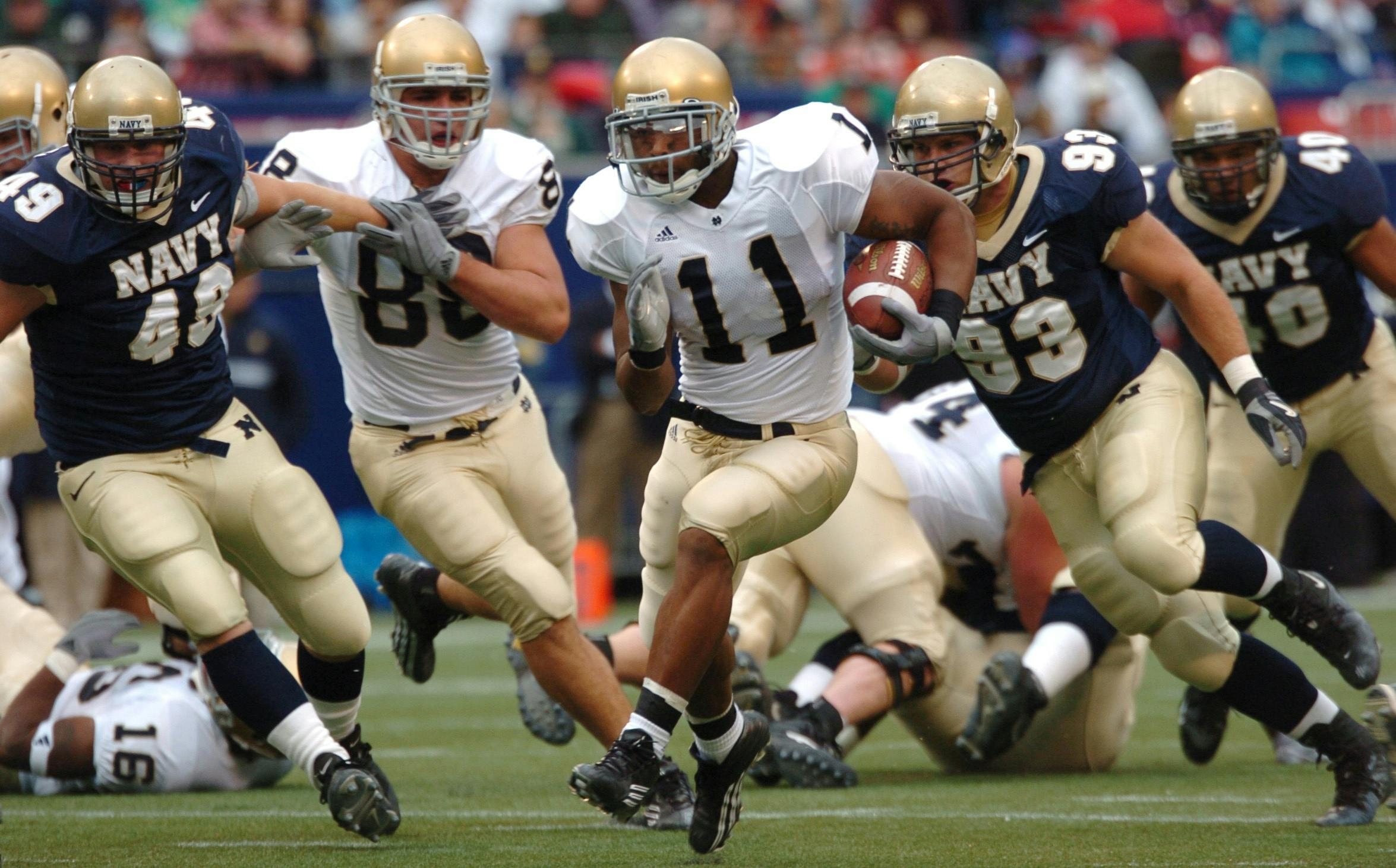
How Nordic Curls Help Improve Athletic Performance
Nordic curls play a pivotal role in boosting athletic performance by targeting the hamstring muscles, essential for speed, power, and agility.
This exercise emphasizes the eccentric phase of muscle contraction, which is vital for building strength and endurance. By performing Nordic ham curls, athletes can enhance their posterior chain, contributing to greater hip extension and improved running mechanics.
The increased strength in the hamstring muscles also translates to more explosive movements, such as jumping and sprinting. Furthermore, Nordic curls support muscle growth and help develop a balanced lower body, reducing the reliance on the quadriceps during physical activities.
This balance is crucial for maintaining joint health and optimizing performance. As a result, athletes who regularly incorporate Nordic hamstring curls into their training routine often experience improved leg day outcomes, increased hamstring strength, and better overall athletic performance. Engaging in this exercise can thus empower athletes to achieve their competitive goals more efficiently and effectively.
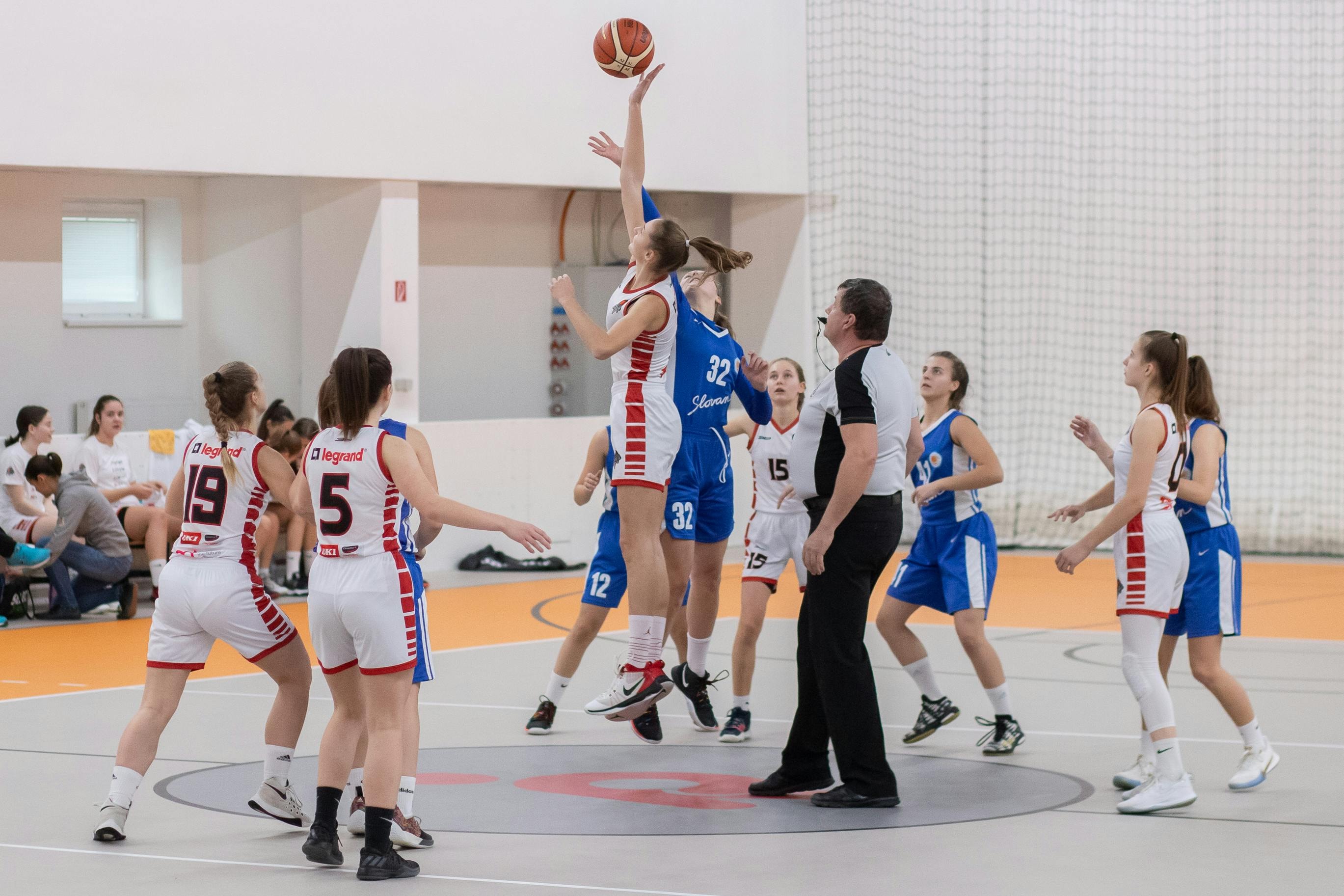
Common Injuries Associated With Weak Hamstrings
Weak hamstrings are often linked to a range of injuries that can significantly hinder athletic performance. One of the most prevalent injuries is the hamstring strain, which occurs when the muscles are overstretched or torn, often due to insufficient strength or flexibility.
The biceps femoris, the most commonly injured part of the hamstring group, is especially susceptible during rapid movements. Another common issue is knee instability, as weak hamstrings fail to adequately support the knee joint during high-intensity activities.
This can lead to increased risk of ligament injuries, such as ACL tears. Additionally, weak hamstrings can contribute to imbalances in the lower body, causing compensatory stress on other muscles and joints, potentially leading to hip or lower back pain.
By performing targeted exercises like Nordic hamstring curls, athletes can strengthen these muscles, reducing the likelihood of injury and improving overall muscle function and joint stability.
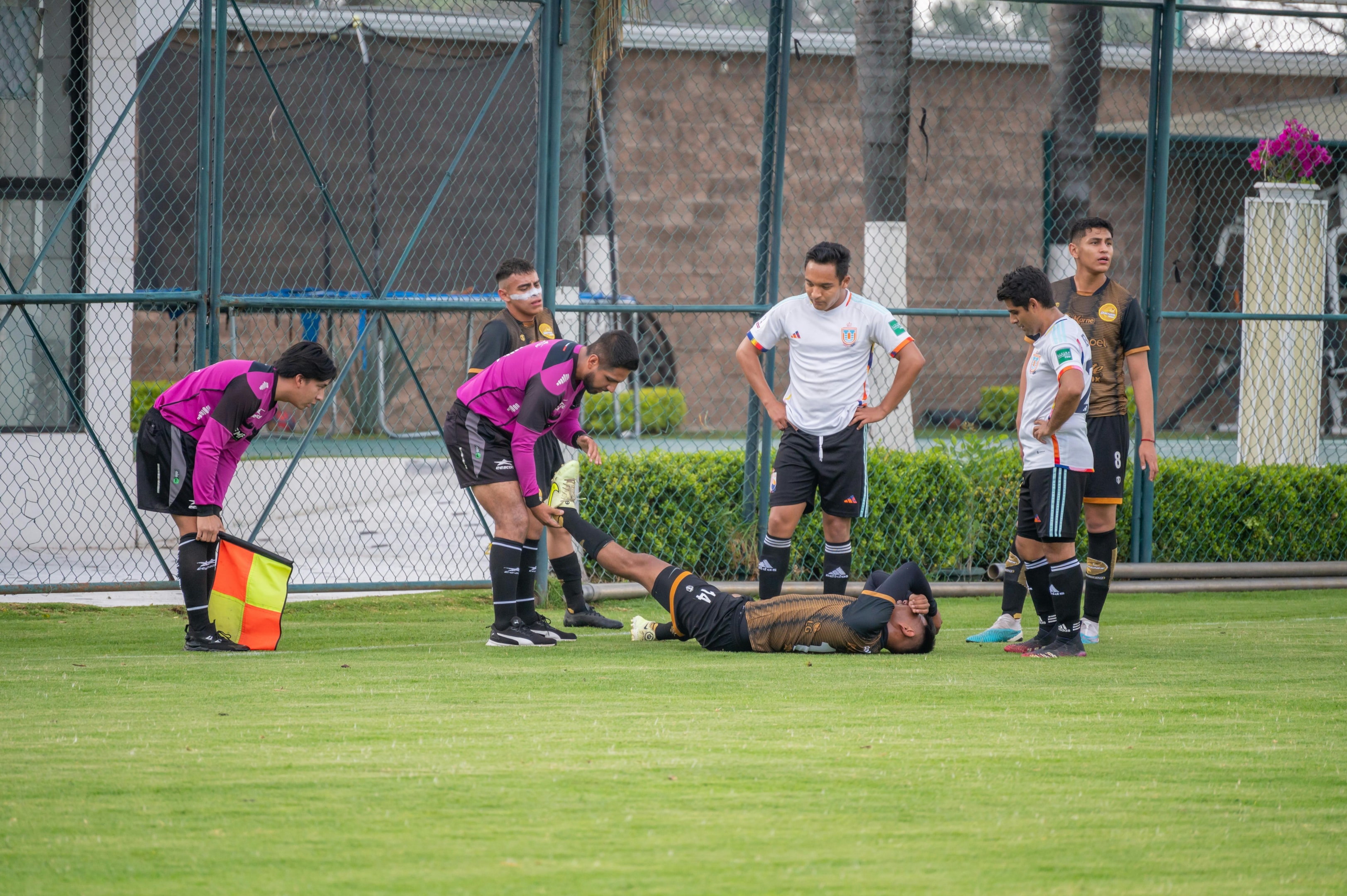
Bicep Femoris: the Most Commonly Injured Hamstring Muscle

Muscles of the gluteal and posterior femoral regions. Henry Gray (1825–1861). Anatomy of the Human Body. 1918.
The biceps femoris is the most frequently injured muscle in the hamstring group, often due to its critical role in high-speed activities. Located on the back of the thigh, it is responsible for knee flexion and hip extension, actions integral to running, jumping, and pivoting.
The biceps femoris is typically more susceptible to injury during vigorous sports requiring rapid acceleration or deceleration. This vulnerability is often due to imbalances between the hamstrings and the quadriceps or insufficient flexibility. When the biceps femoris is pushed beyond its capacity, it may result in strains or tears, sidelining athletes for extended periods.
To minimize this risk, targeted exercises such as Nordic curls or Romanian deadlifts are essential. These exercises strengthen and lengthen the muscle, enhancing its resilience and capacity to absorb force. By focusing on the biceps femoris in training, athletes can improve muscle balance, reduce injury risk, and maintain optimal athletic performance.
How to Perform Nordic Curls Using the NordBench
Performing Nordic curls on the NordBench enhances the exercise's effectiveness and comfort. Start by adjusting the NordBench to fit your height, ensuring your feet are securely locked under the padded rollers.
This setup provides stability and support during the exercise. Kneel on the soft surface with your body in a straight line from your knees to your head. Begin the downward motion by slowly lowering your upper body toward the ground, keeping your hips extended, and engaging your core for balance.
Use your hamstrings to control the descent, focusing on the eccentric phase of the curl. Once you reach the lowest point possible while maintaining control, use your arms to lightly push off the ground and return to the starting position. The NordBench allows for eight levels of regression, making it suitable for different fitness levels. Incorporating this equipment into your routine can effectively enhance hamstring strength and stability.
Incorporating Nordic Curls into Your Training Routine
Practical tips on how to get started
To effectively incorporate Nordic curls into your training routine, start by assessing your current hamstring strength. This can help you determine an appropriate starting point. For beginners, use assistance, such as a sturdy object, to help control the descent. This ensures proper form and prevents injury. Gradually progress by reducing assistance as your hamstring strength improves. Integrate Nordic curls into your workout routine twice a week, allowing time for muscle recovery.
Begin with 2-3 sets of 5-8 reps, focusing on slow, controlled movements to maximize eccentric contraction. Use the NordBench's soft surface to minimize discomfort on your knees. Consistency is key, so incorporate these exercises regularly to see progress.
Additionally, pair Nordic curls with complementary exercises like squats or lunges for balanced leg development. By following these practical tips, you can efficiently integrate Nordic curls into your routine and enhance your overall athletic performance.
Suggested frequency and volume for beginners vs. advanced athletes
For beginners, incorporating Nordic curls into your routine 1-2 times per week is recommended. Start with 2-3 sets of 4-6 reps, focusing on form and controlled movements. This frequency allows your hamstrings to adapt and strengthen without risking overuse injuries. As your strength and confidence grow, gradually increase the volume and intensity.
Advanced athletes, on the other hand, can perform Nordic curls 2-3 times a week. Aim for 3-4 sets of 6-10 reps, depending on your fitness level and goals. You may also experiment with advanced variations or incorporate additional resistance for added challenge. It's crucial for both beginners and advanced athletes to listen to their bodies and adjust frequency and volume based on recovery and performance.
By tailoring your Nordic curl routine to your fitness level, you can optimize muscle growth and enhance your athletic performance, ensuring balanced and sustainable progress in hamstring strengthening.
Progressions and variations to consider for continuing to challenge the hamstrings
To keep challenging your hamstrings and avoid plateaus, consider incorporating progressions and variations of Nordic curls. Start by adjusting the incline of your weight bench or using a NordBench with multiple regression levels to make the exercise more demanding. As you gain strength, try performing single-leg Nordic curls to increase intensity and target muscle imbalances.
Adding resistance bands or holding a weight plate against your chest can also elevate the difficulty, requiring greater strength and stability. Another effective variation is the eccentric-only Nordic curl, where you focus solely on the lowering phase, maximizing muscular tension and growth.
Incorporating pause reps, where you hold the position at the halfway point, can further enhance muscle engagement. By routinely introducing these progressions and variations, you can continually stimulate your hamstrings, promote muscle growth, and enhance overall lower body strength within your workout routine.
The Need for Full-Range Curls in Addition to Eccentrics
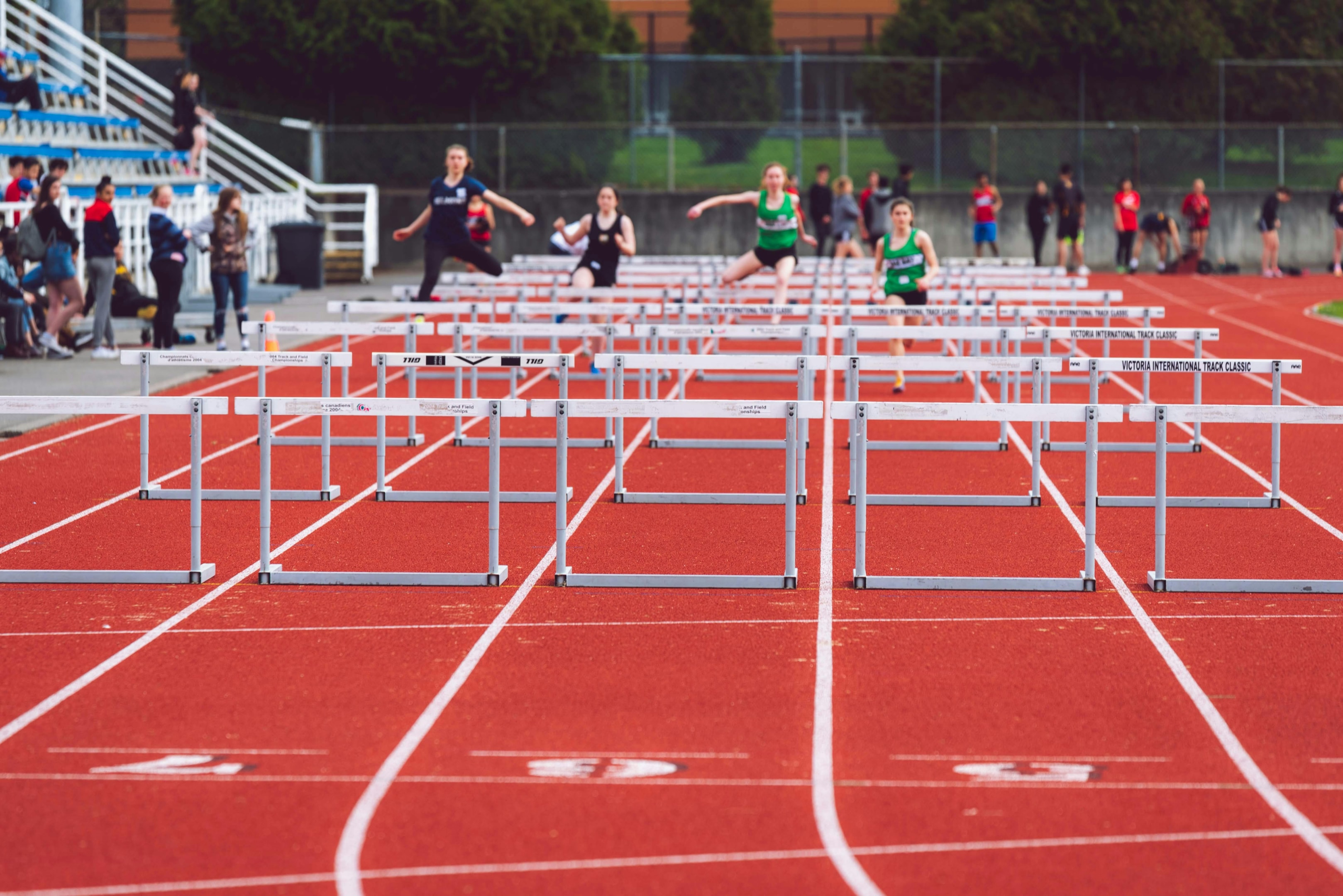
Incorporating full-range curls alongside eccentric exercises is crucial for comprehensive hamstring development. While eccentric movements focus on lengthening the muscle under tension, full-range curls engage the hamstrings through their entire range of motion. This balanced approach ensures that both the concentric and eccentric phases are strengthened, promoting overall muscle health and function.
Full-range curls enhance flexibility and joint mobility, reducing the risk of injury from muscle imbalances. They also contribute to better muscle coordination and power, essential for athletic performance. By training the hamstrings to contract and extend fully, you prepare them for varied physical demands, from sprinting to jumping.
Combining full-range curls with eccentric training helps fortify the biceps femoris and other hamstring muscles, offering a well-rounded approach to strengthening. Athletes who integrate both methods into their routines are more likely to experience increased power, reduced injury risk, and enhanced performance in their sport or fitness endeavors.
Speed, Agility, and Power Benefits of Stronger Hamstrings
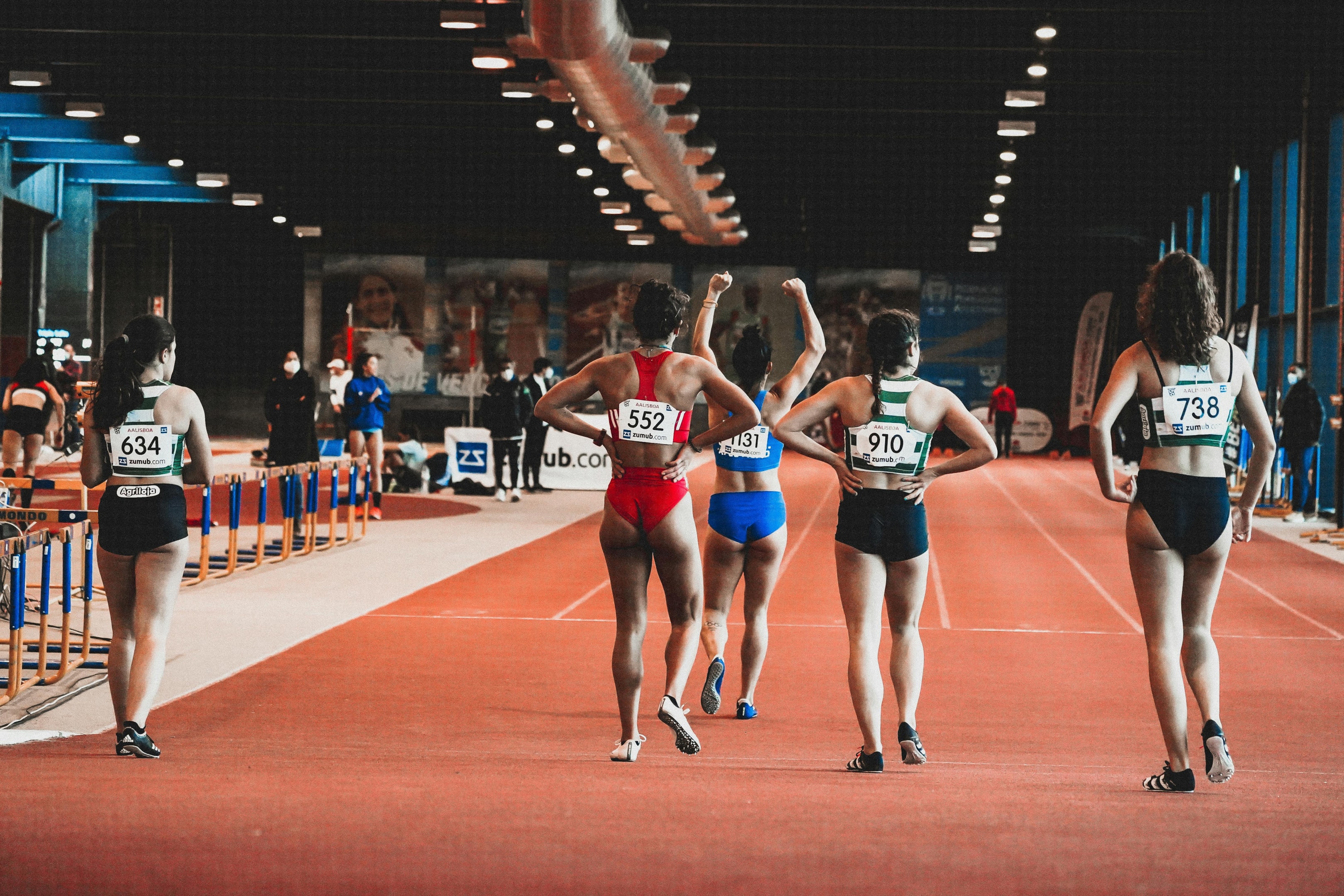
Stronger hamstrings are pivotal for enhancing speed, agility, and power, key components in athletic performance. These muscles play a vital role in propelling the body forward, allowing for faster acceleration and sprinting capabilities. By developing hamstring strength, you can improve your ability to generate rapid bursts of speed, essential in sports like track, soccer, and basketball.
Agility, or the ability to change directions quickly and efficiently, also benefits from robust hamstrings. These muscles stabilize the knee joint and assist in smooth transitions during lateral movements. This agility is crucial for maneuvering effectively on the field or court, giving you a competitive edge.
In terms of power, strong hamstrings contribute to more forceful jumps and explosive movements. Exercises like Nordic curls and glute ham raises enhance the hamstrings' power output, leading to improved performance in activities requiring high energy and strength. Athletes with stronger hamstrings are better equipped to excel in their respective sports, achieving their performance goals.
Conclusion
Incorporating Nordic curls into your training routine presents numerous advantages for athletes and fitness enthusiasts alike. By focusing on strengthening the hamstring muscles, particularly the biceps femoris, you can significantly reduce the risk of hamstring injuries, enhancing your overall athletic performance. Nordic curls offer a comprehensive workout that improves muscle growth, knee flexion, and lower body stability, essential for activities demanding speed, agility, and power.
Moreover, by integrating full-range curls along with eccentric exercises, you ensure balanced muscle development, promoting flexibility and joint health. Progressing through various levels and variations keeps your workouts challenging and effective. Whether you're a beginner or an advanced athlete, Nordic curls can be tailored to meet your fitness needs, supporting your journey toward achieving your goals.
Ultimately, by prioritizing hamstring strengthening through Nordic curls, you invest in your long-term athletic potential, ensuring you can perform confidently and competitively across a range of physical activities.
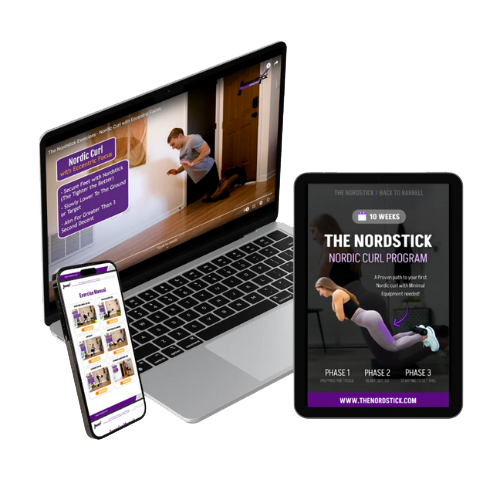


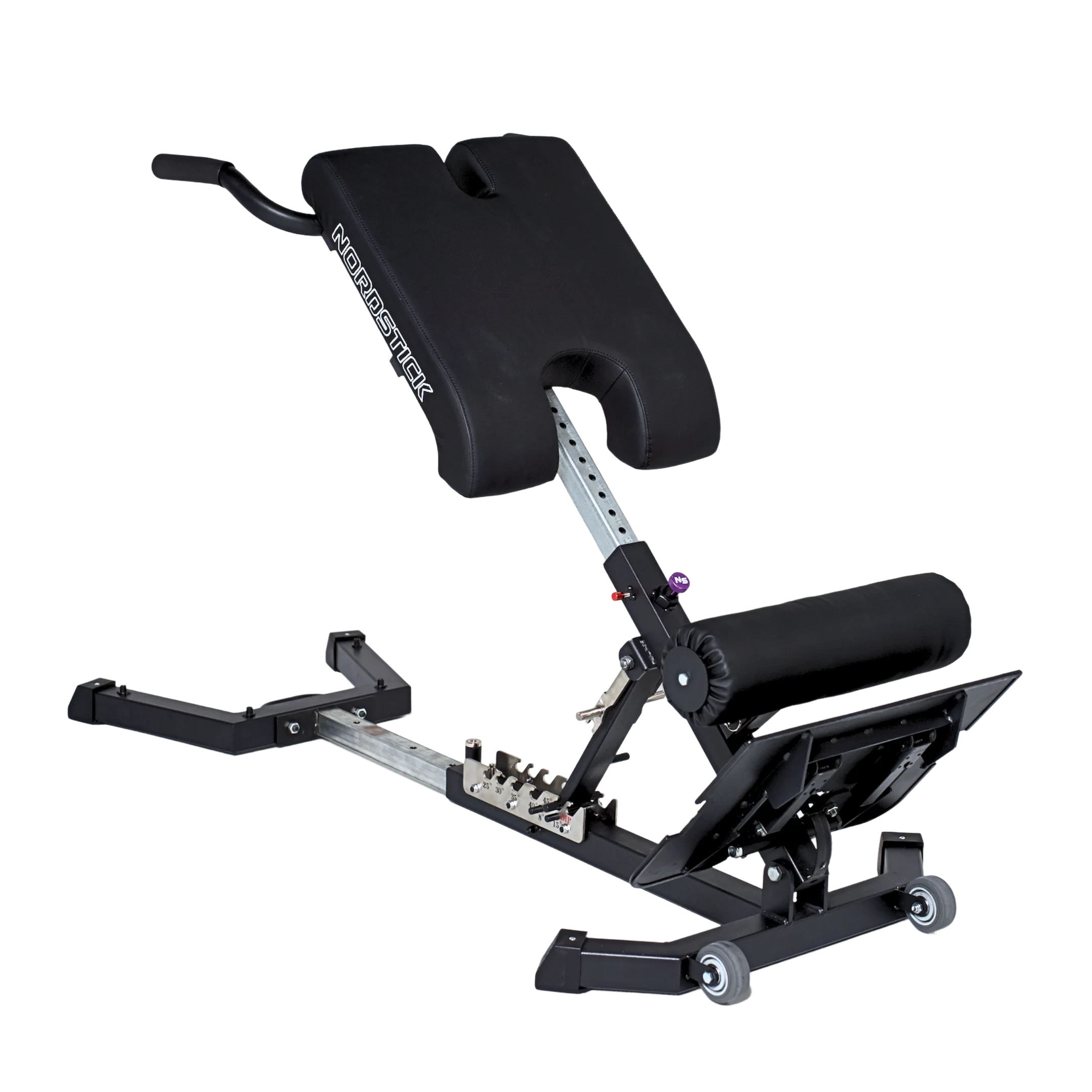
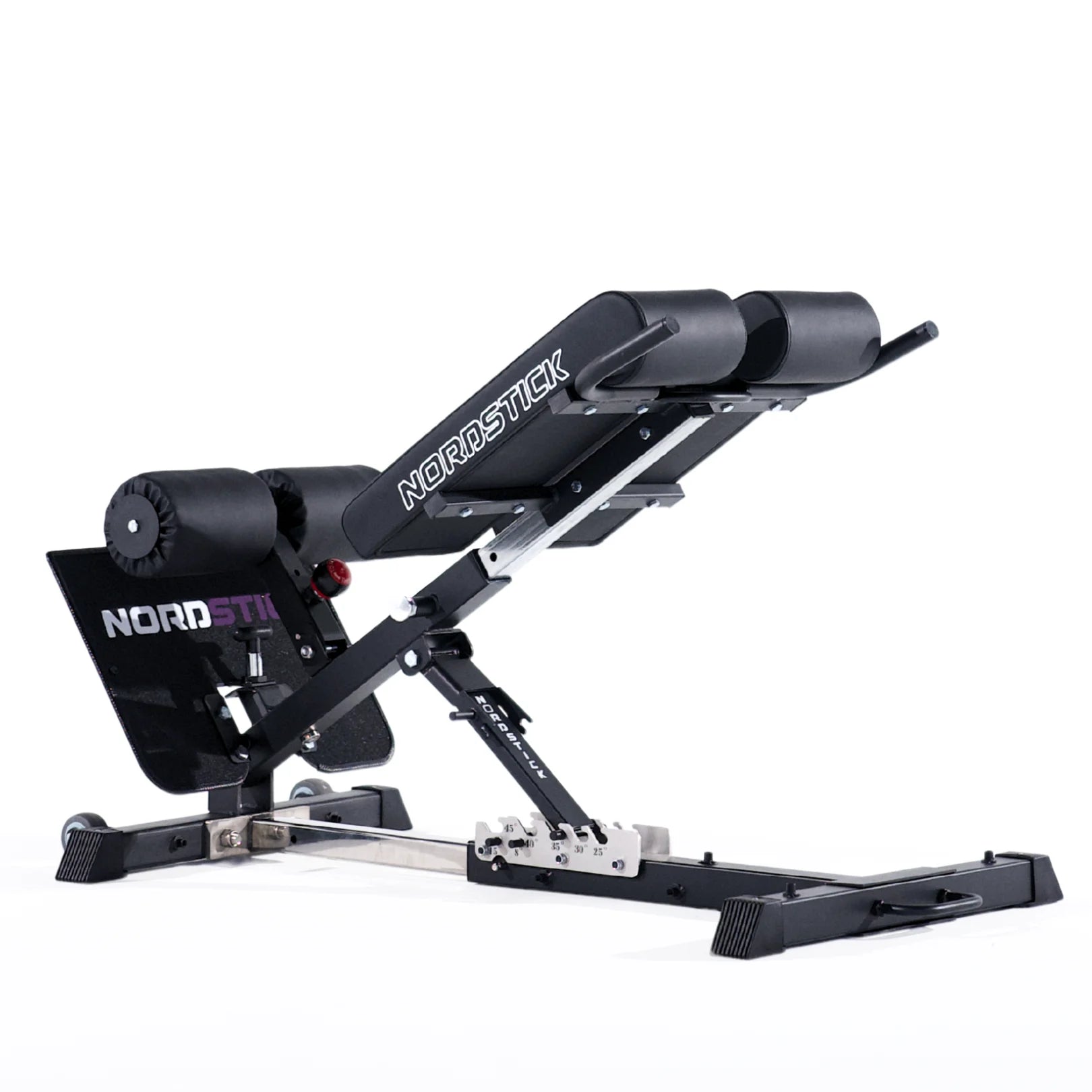





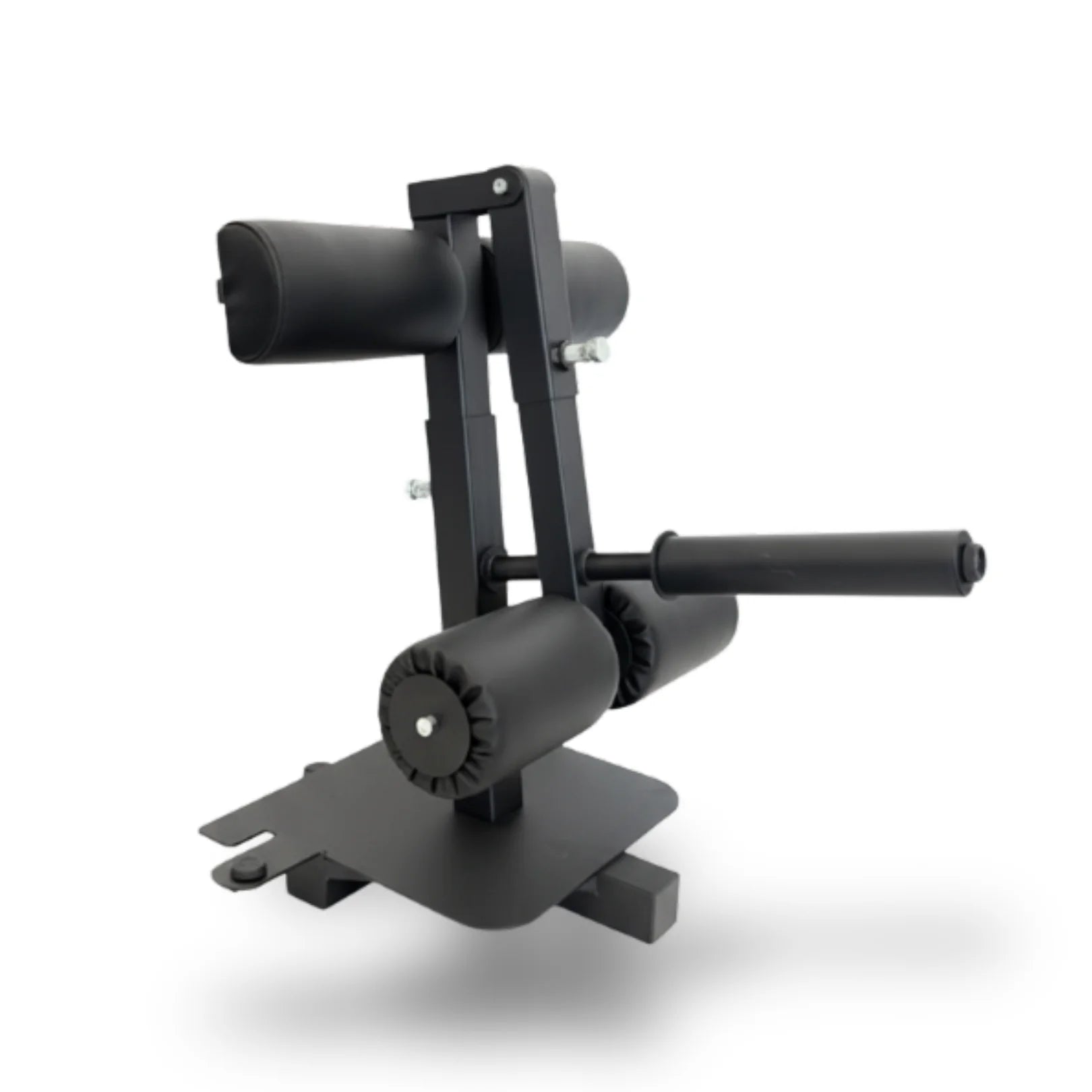
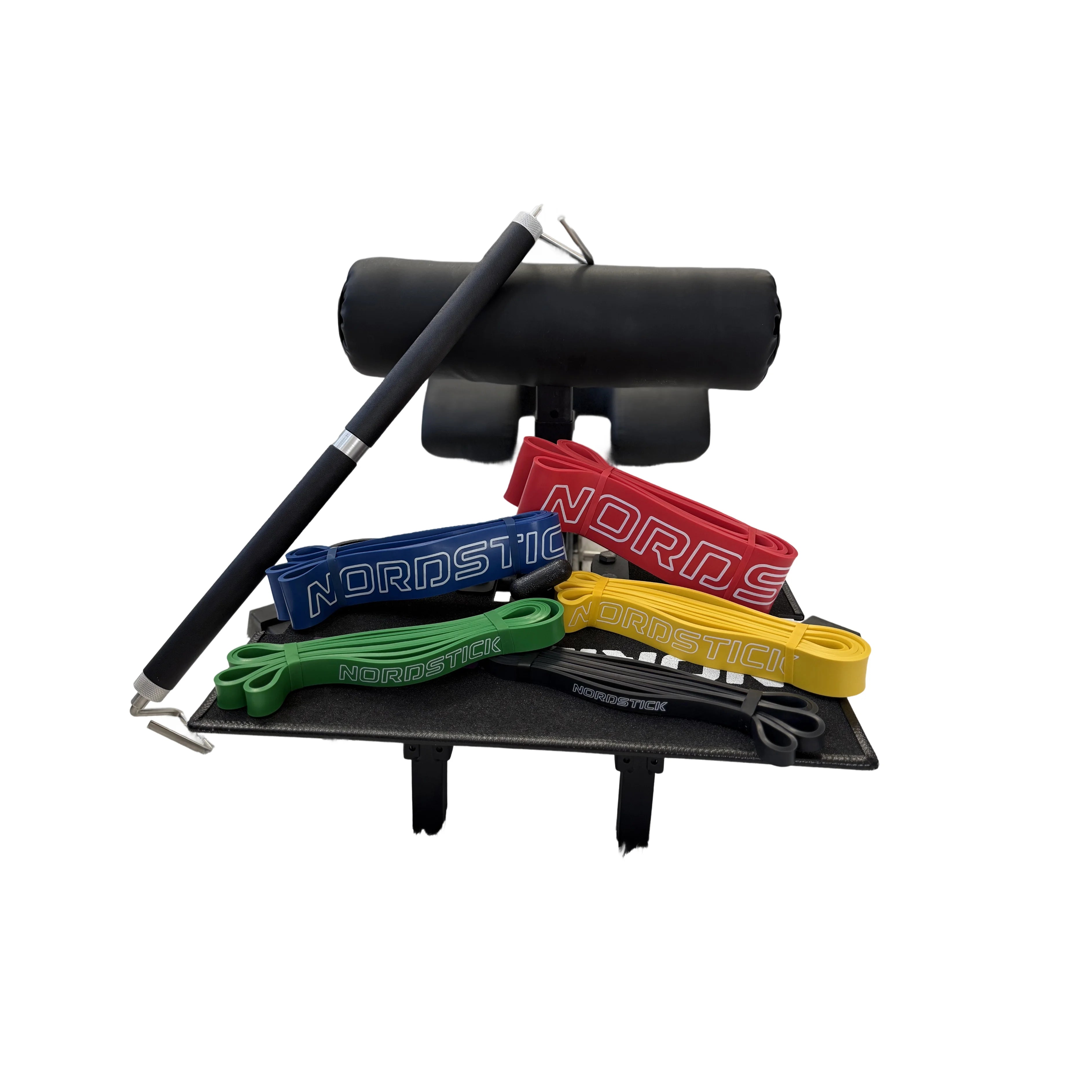
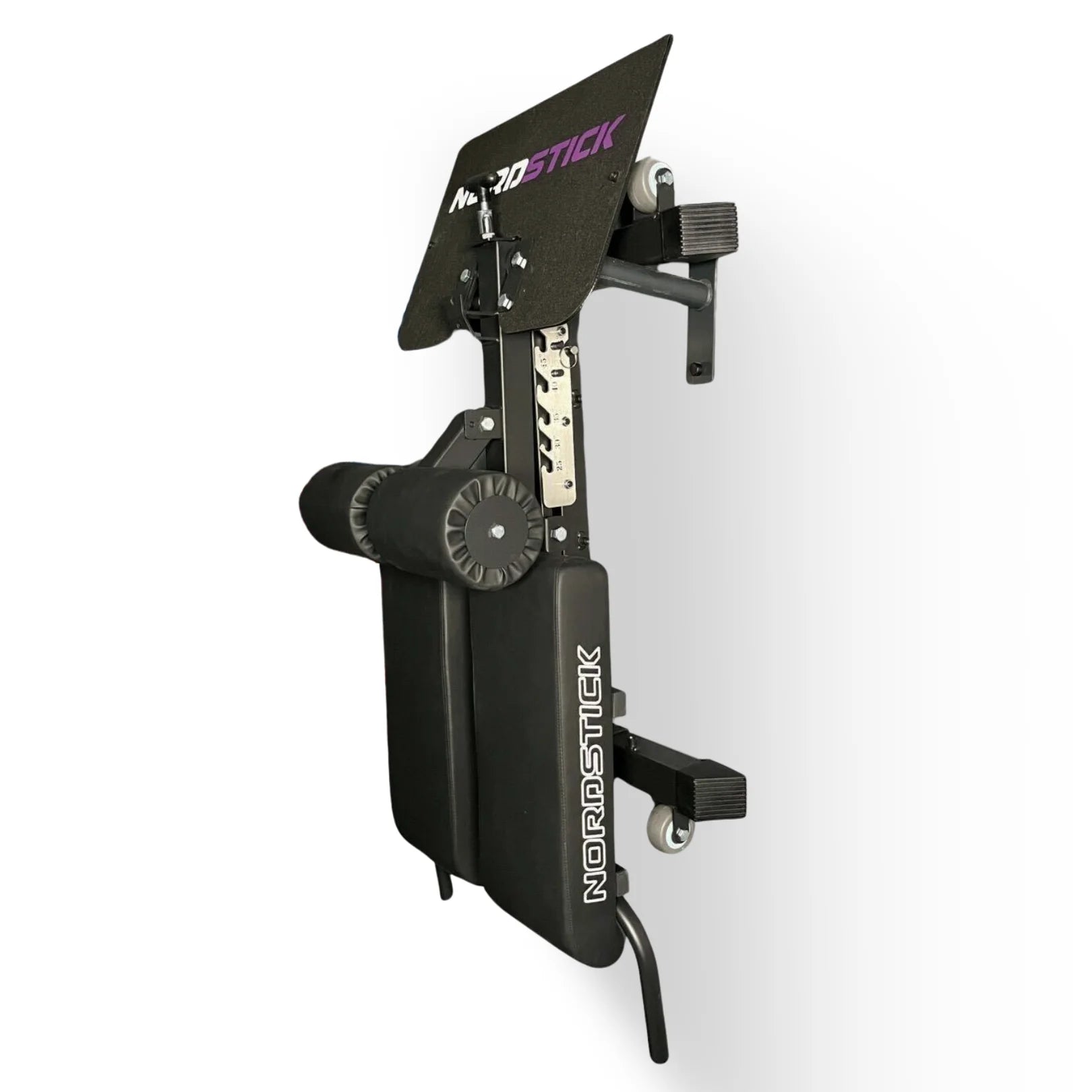
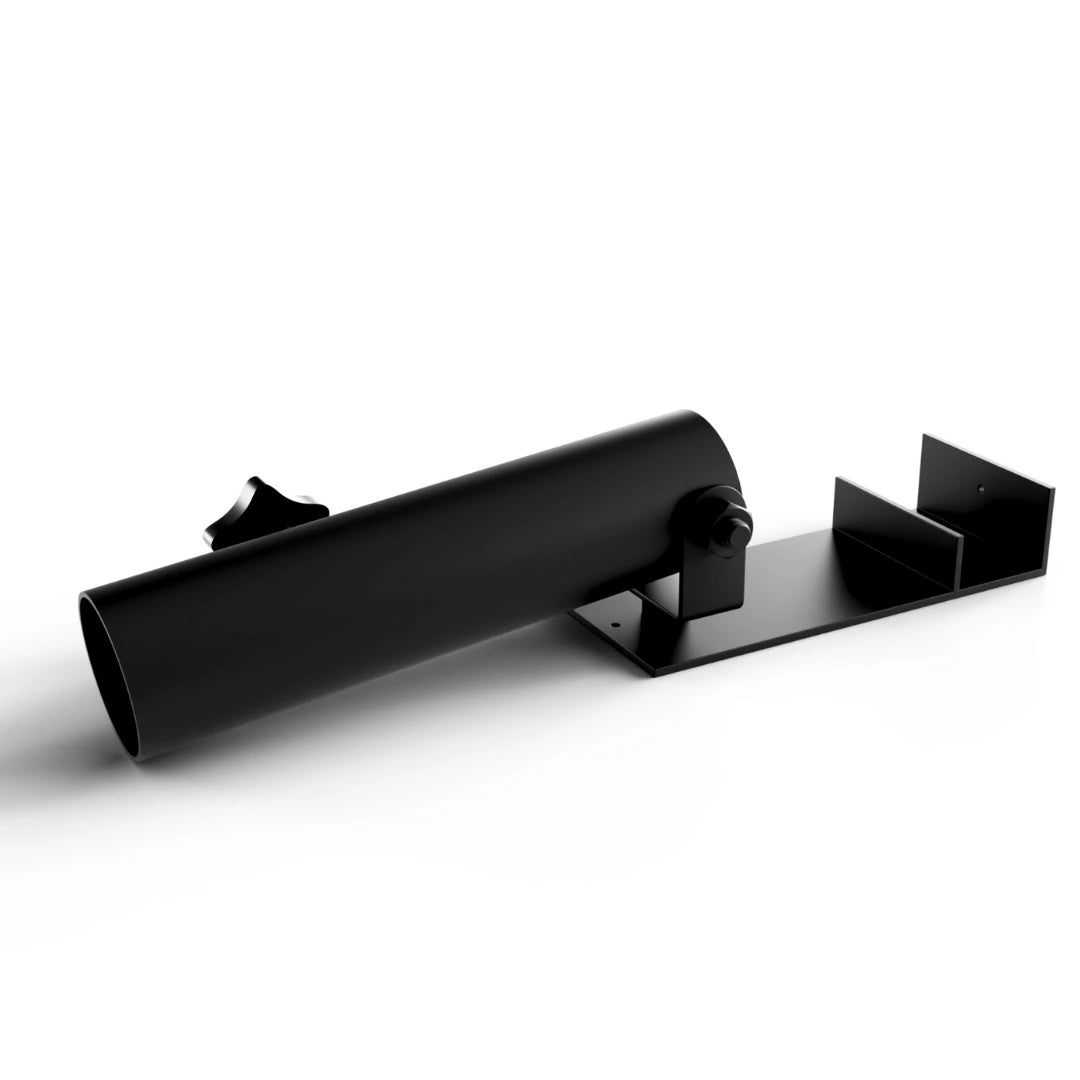
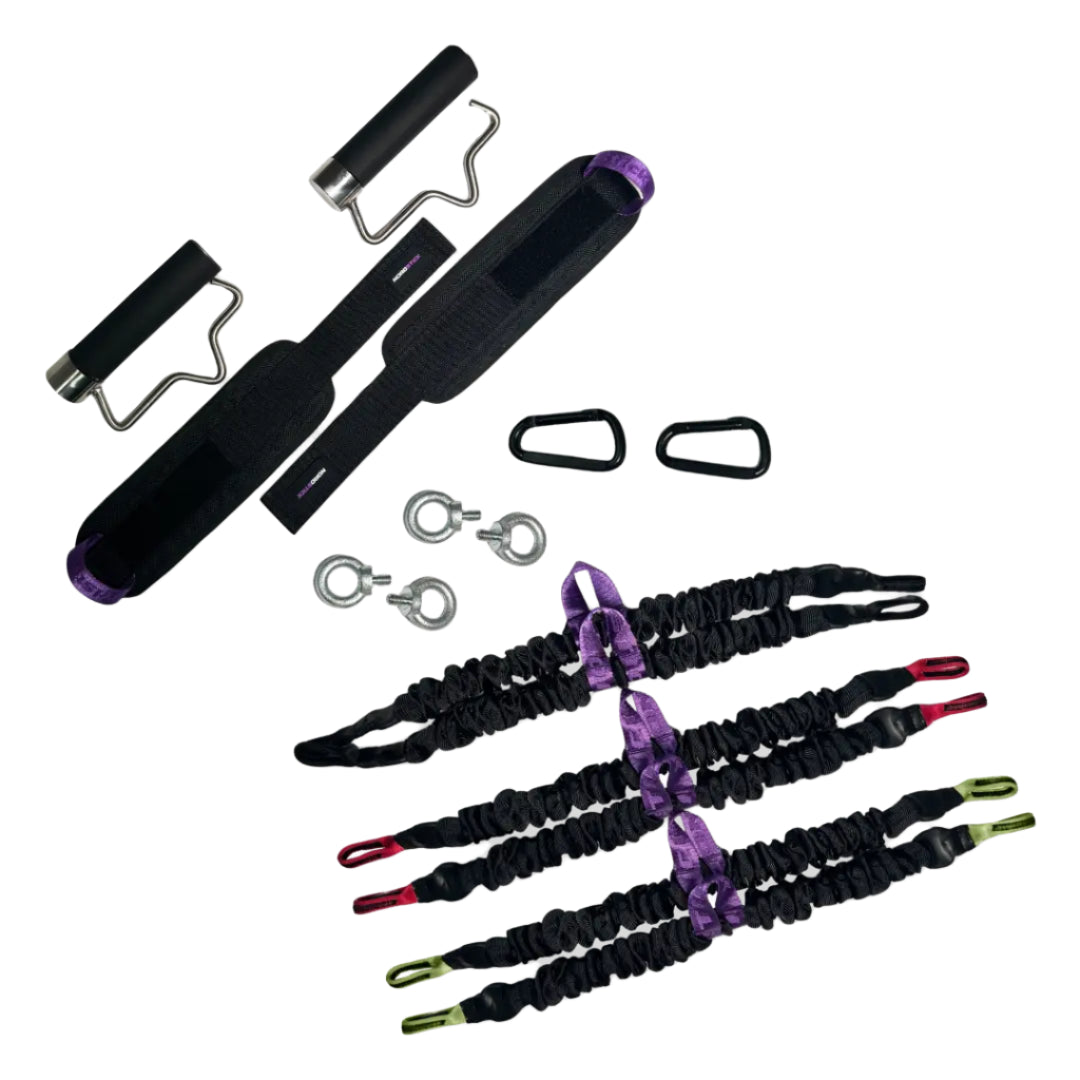
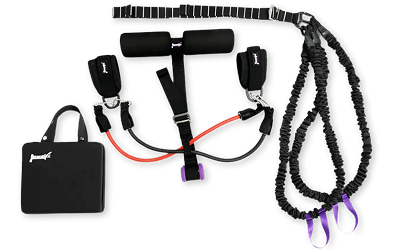
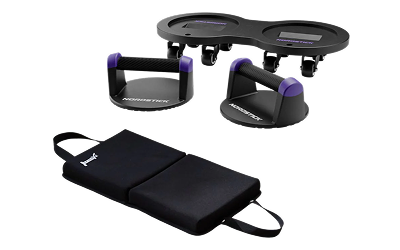
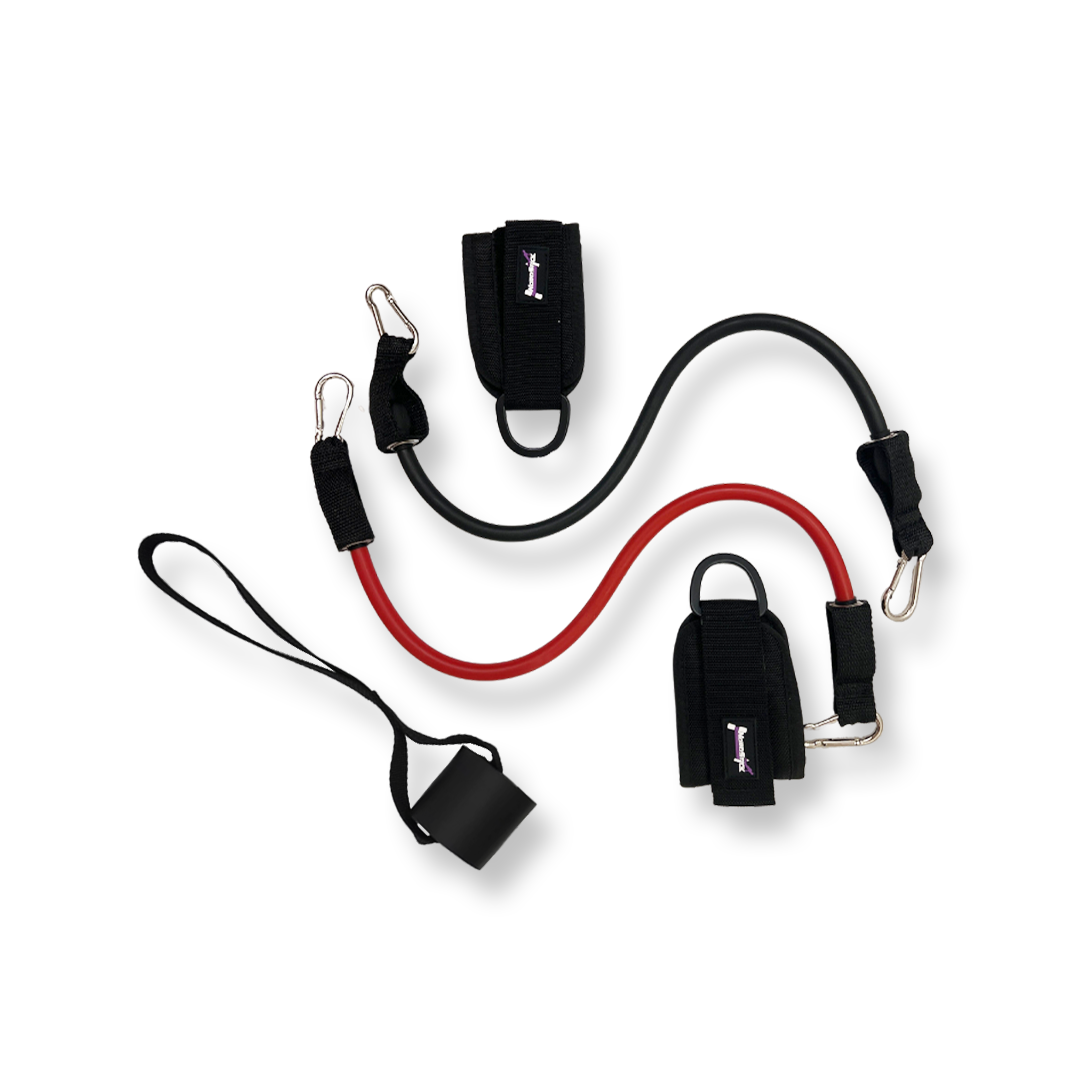
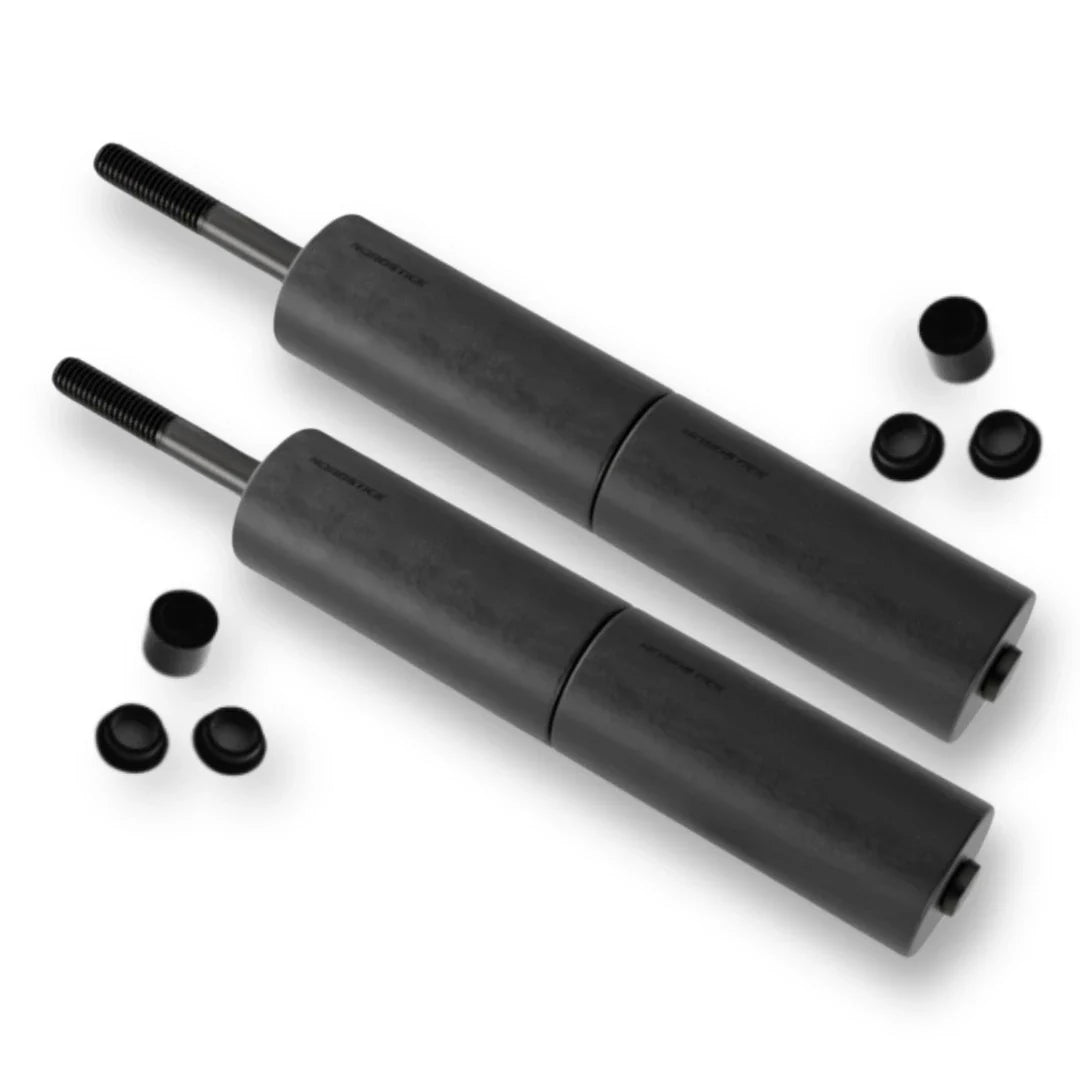
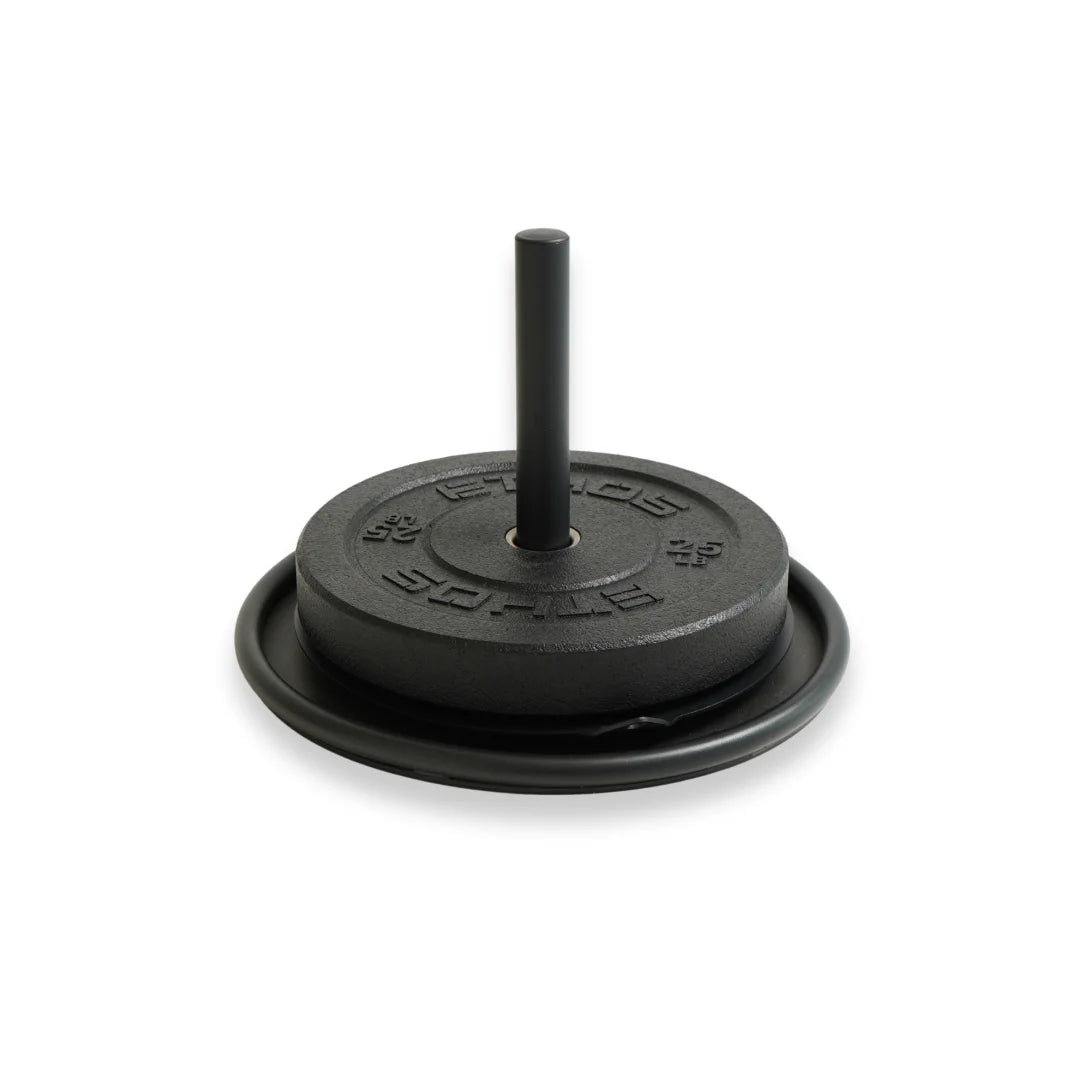
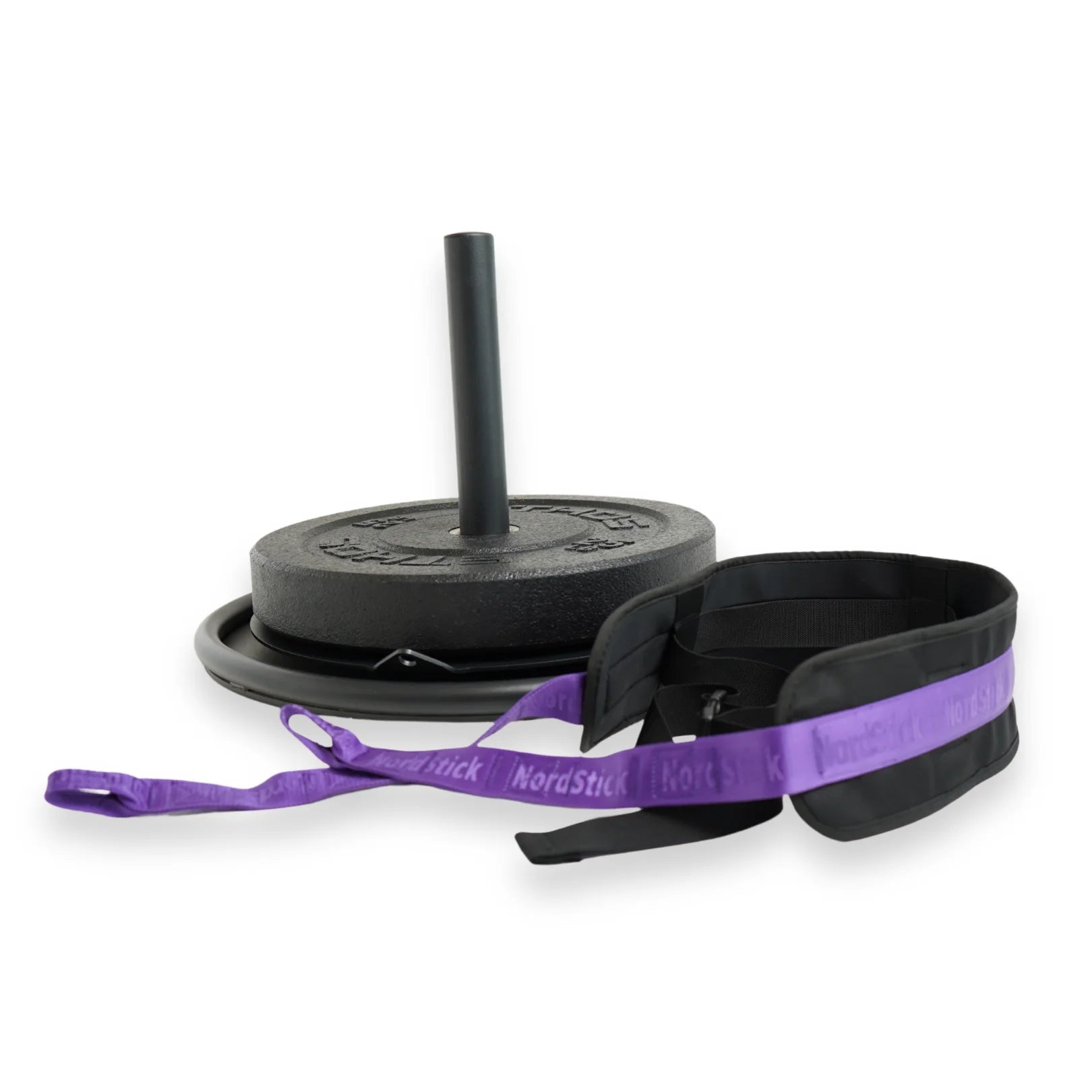
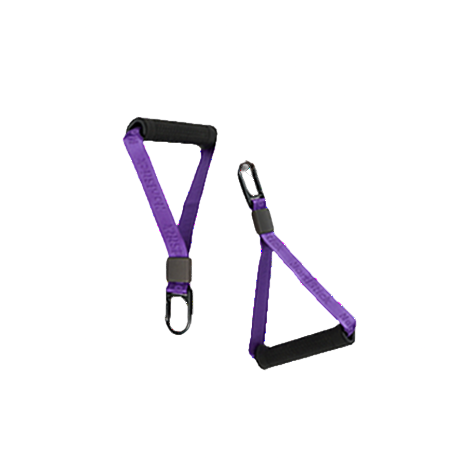
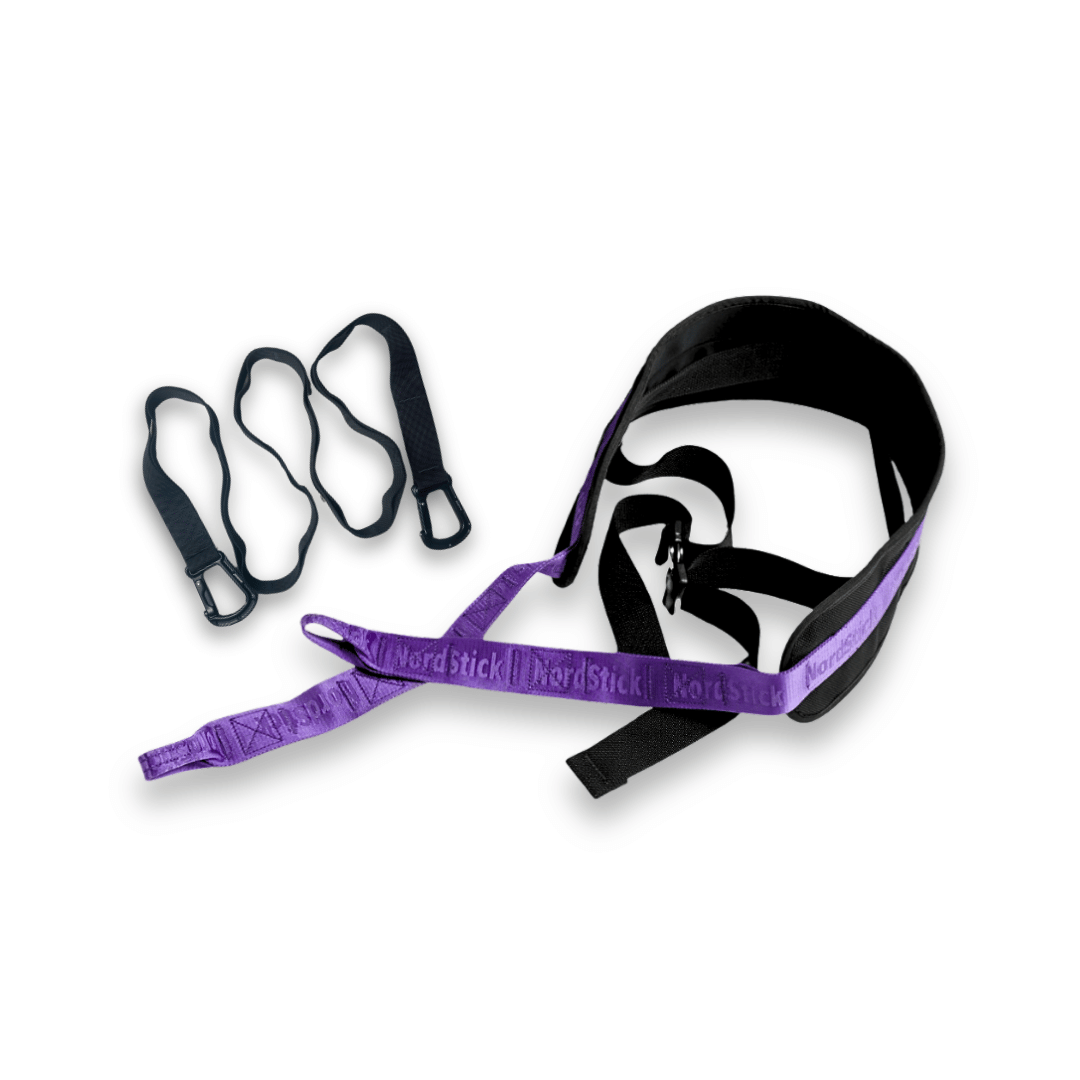
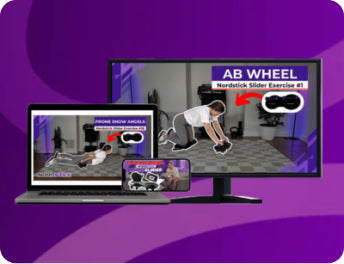


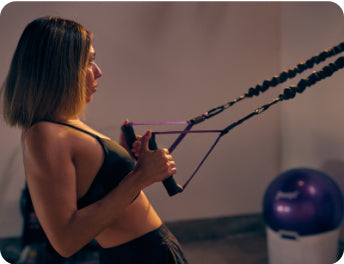


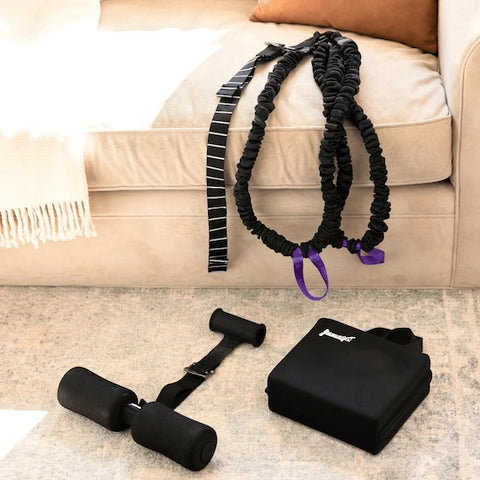

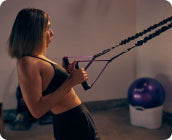
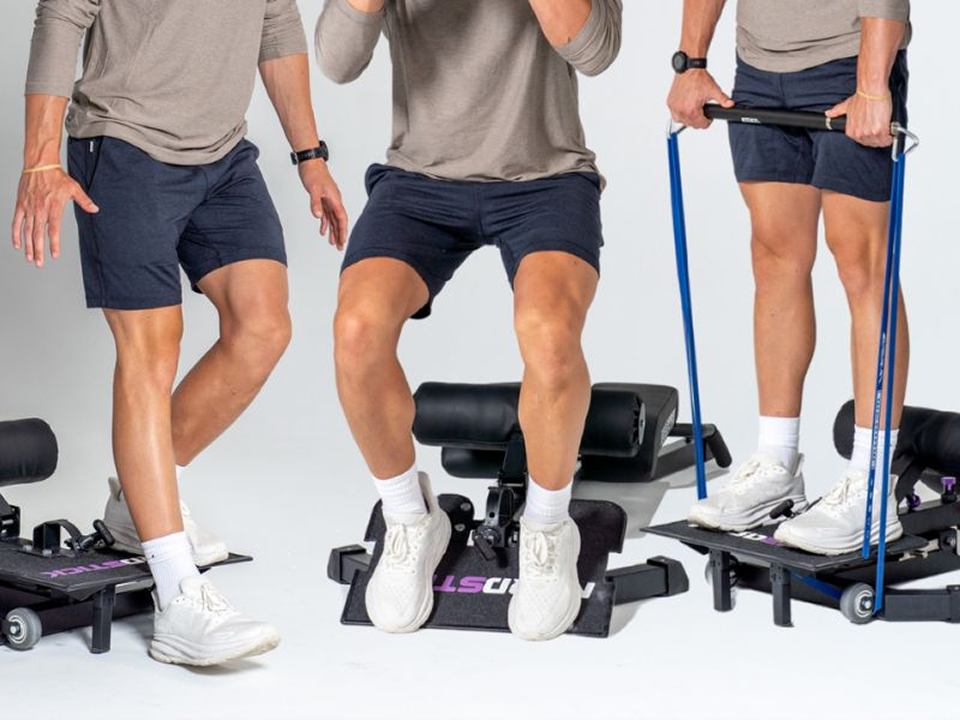
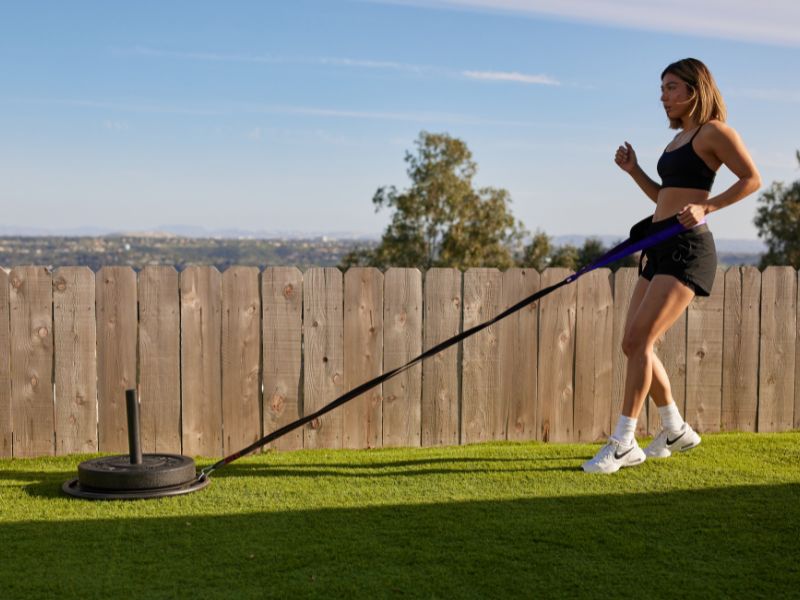

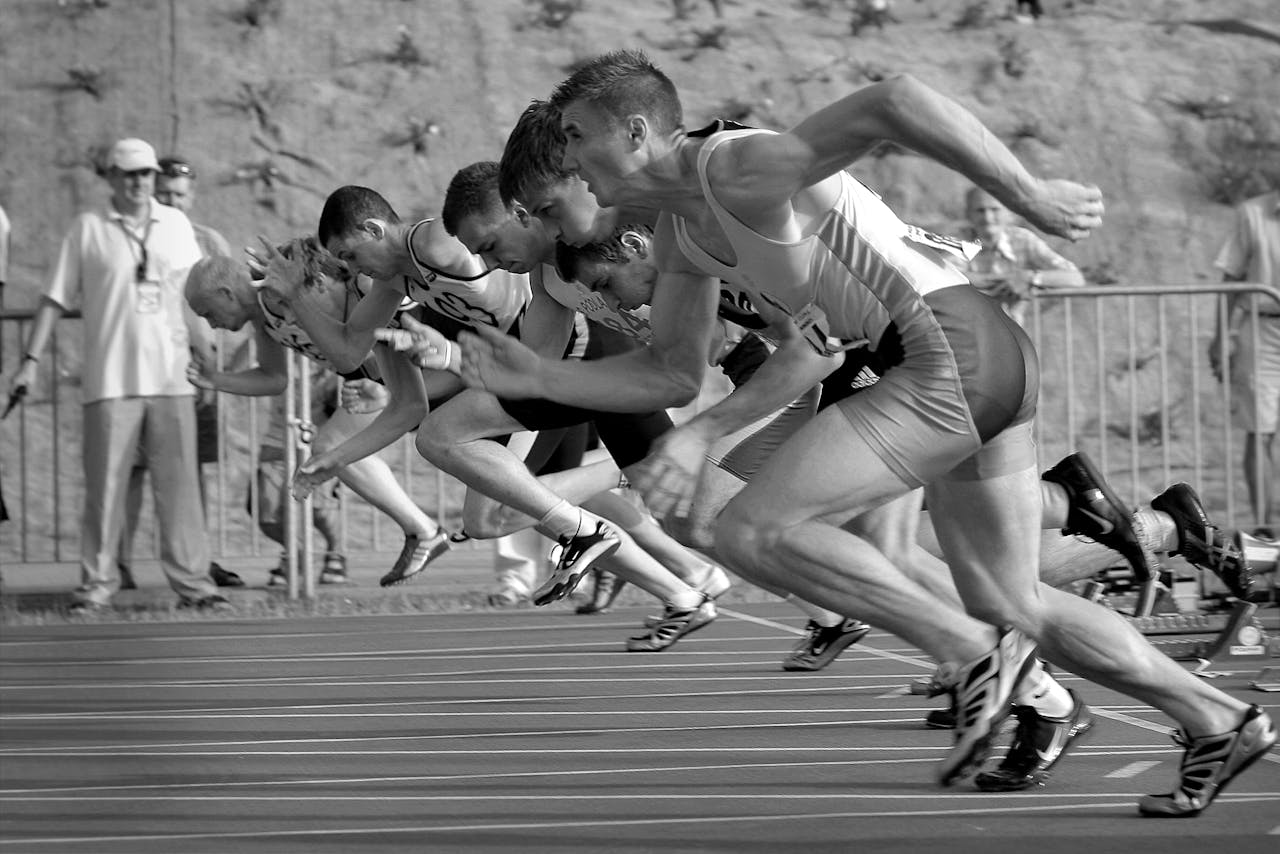
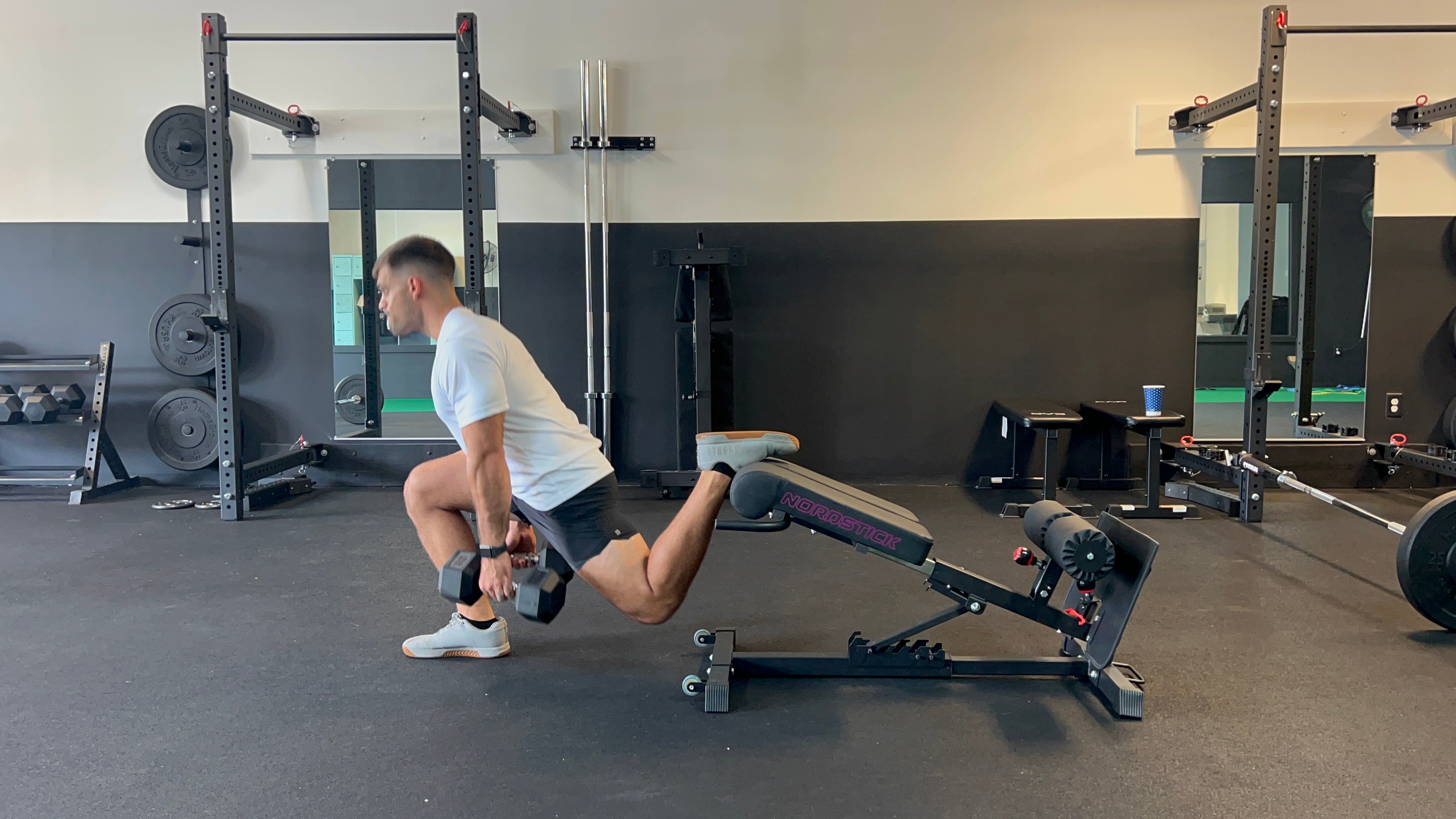
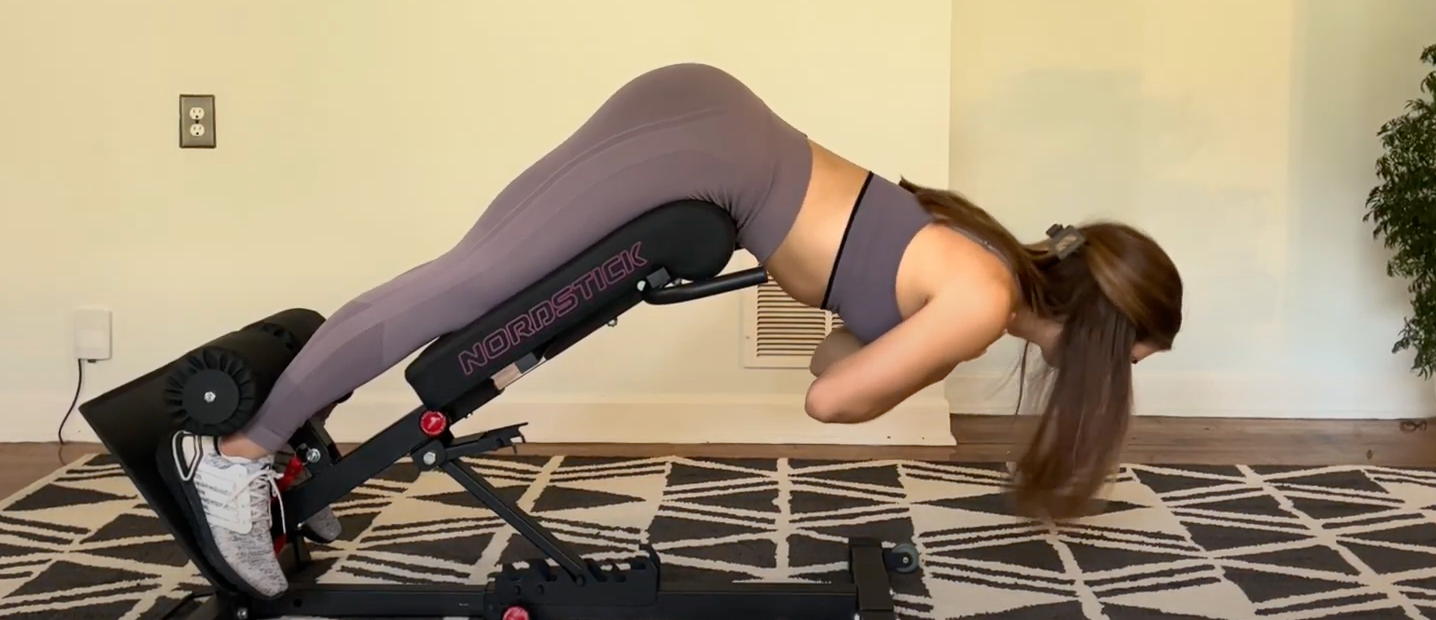



Leave a comment
This site is protected by hCaptcha and the hCaptcha Privacy Policy and Terms of Service apply.